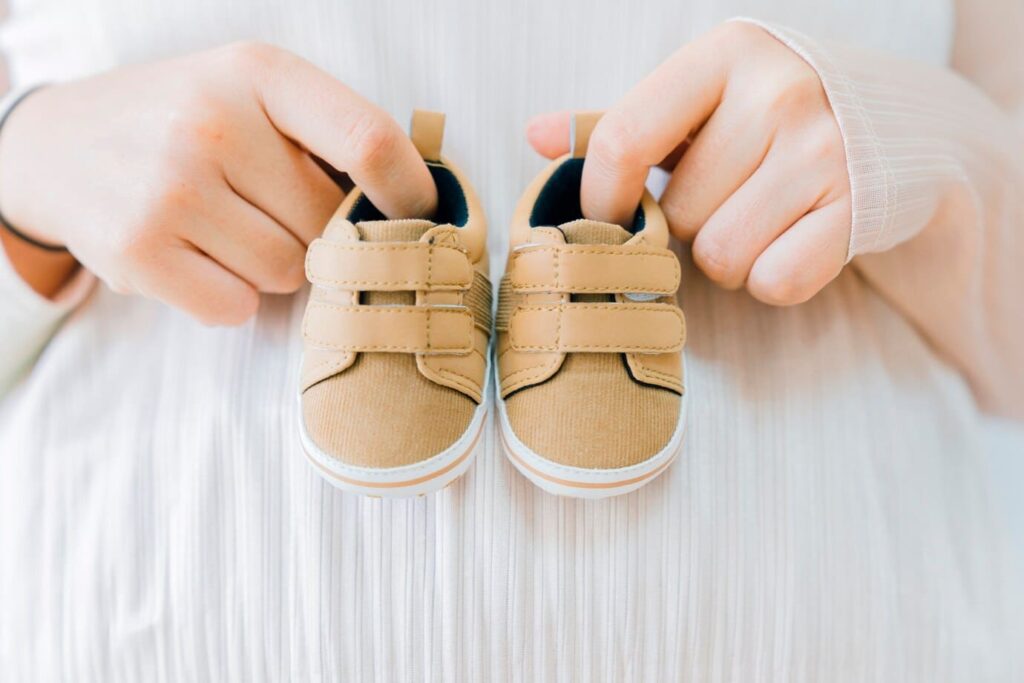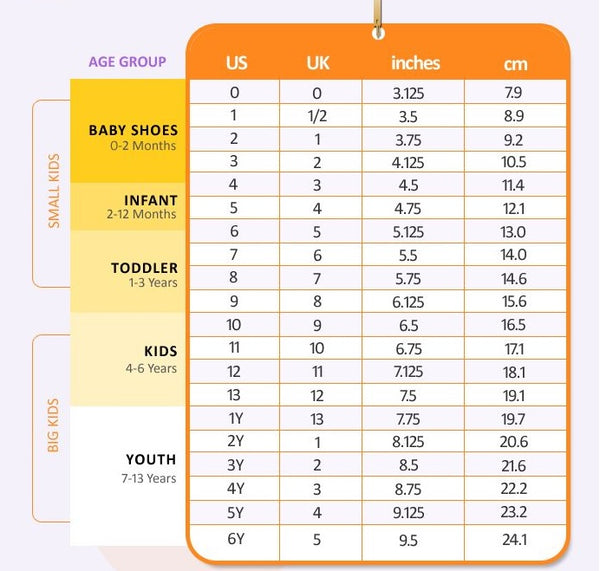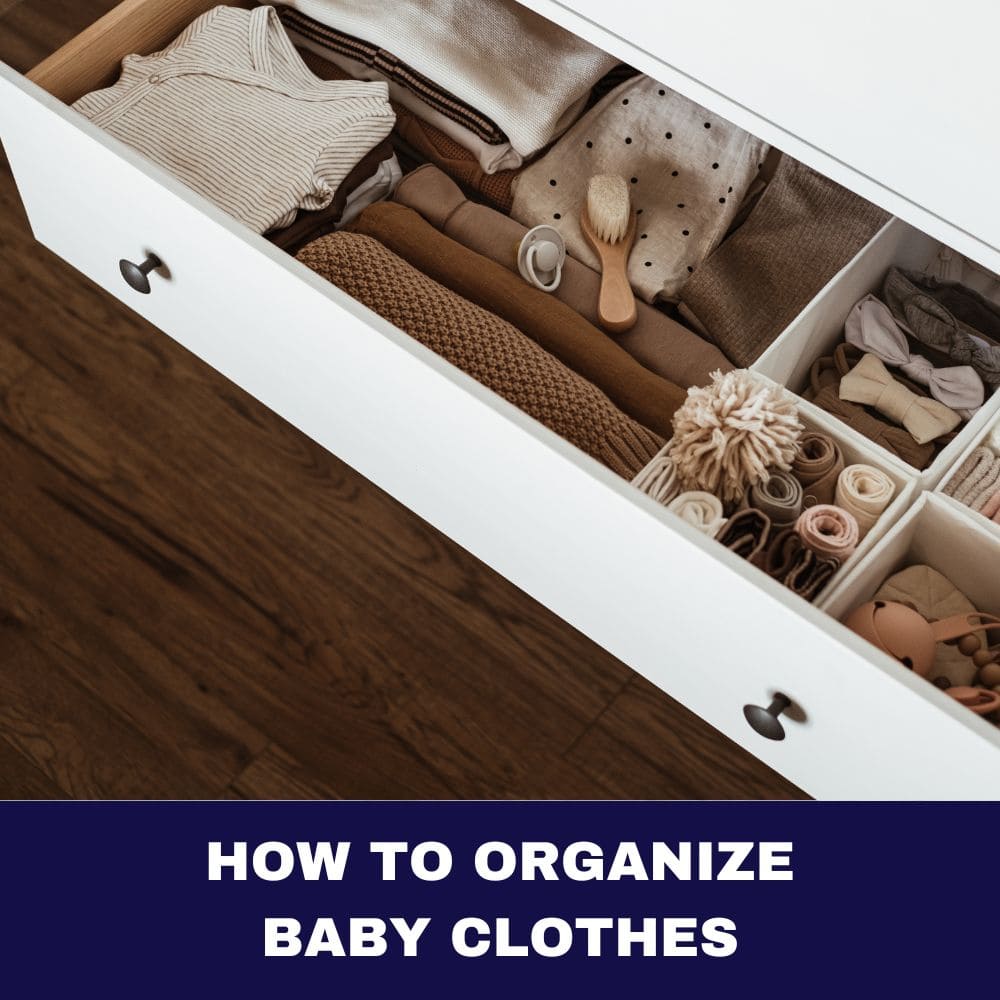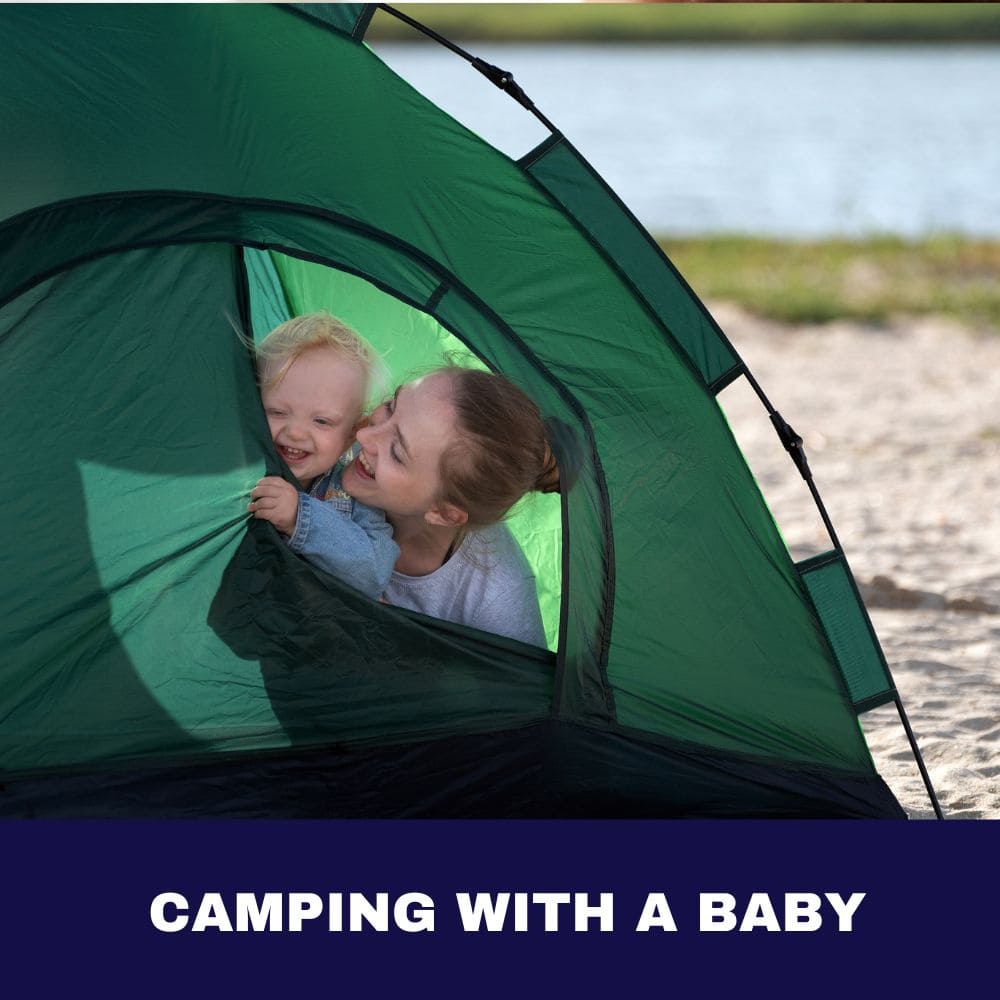Watching those first tentative steps is such an exciting milestone! However major mobility developments like walking bring the need for prewalker shoes to support blossoming skills. As transitional footwear, prewalkers encourage safe baby steps.
When my son first started cruising furniture and testing outstanding, his cute socks were filthy in no time! Prewalker shoes became useful to give his feet some grip and coverage for early walking attempts. But in the sea of baby shoe choices, what exactly should you look for?
Consider this your guide to everything from when to introduce prewalkers to proper sizing and safety precautions. Let’s start with what purpose prewalker shoes serve.
What Are Prewalker Shoes?
Prewalker shoes are soft, flexible baby shoes meant for early walking stages as babies gain confidence in cruising and standing. The lightweight materials allow feet to still move and curl naturally as they build core and leg muscle strength.
Many pediatricians recommend bare feet for new walkers to maximize motion. But for outdoor use or dirtier indoor floors, prewalkers strike that perfect balance – a bit of support and traction without hindering development.
As your baby begins attempting steps and testing balancing skills, prewalker shoes help exploration stay safer. The right pair means considering adjustability, grip, breathability, and sizing to encourage the early walking phase appropriately.

When Do Babies Need Prewalker Shoes?
Experts recommend introducing prewalker shoes around 9 to 12 months when cruising and standing mobility emerges. At this age, socks and bare feet get more wear and tear from new movement so prewalkers add protection.
Too rigid of support this early can negatively impact muscle growth though so barefoot play time is still very important. Prewalkers simply extend this beneficial movement to stand, cruise, and walk attempts in safer settings.
Signs your little one needs pre-walker shoes:
- Frequently pulling up and balancing holding furniture
- Taking shaky first solo steps assisted by couches etc.
- Attempting to walk/propel forward during floor play
- Cruising frequently while holding sidelines for support
If you notice lots of furniture surfing and crab walking, prewalker shoes make exploration safer with light traction. Slip-on designs allow small feet to still feel surfaces while supplying protection.

Top 5 Prewalker Shoes Benefits
Still unsure if prewalkers are necessary? Here are the top perks:
1. Traction – Treads prevent slips both indoors and out on early walking adventures.
2. Toe protection – Reduces stubbing injuries so attention stays focused on mastering coordination.
3. Flexible support – Preserves needed motion to strengthen feet properly unlike stiff regular shoes.
4. Warmth – Bootie walls provide light warmth for cooler weather outdoor play.
5. Cleaner feet – Outdoor prewalker use means less mud and grass transferred inside after adventures.
While allowing plenty of beneficial barefoot time, prewalker shoes simply make supported practice attempts safer. Let’s look at exactly what good pairs should include.
Choosing Prewalker Shoes Features
With so many baby shoe choices available, what defines prewalker shoes? Look for:
- Adjustable straps – Accommodate rapid growth with hook/loop closures for custom fits.
- Flexible soles – Non-slip yet preserve natural motion to not hinder development.
- Breathability – Lightweight, ventilated materials like mesh keep feet cooler.
- Easy slip-on backs – Help gain independence but still supply needed support.
- Grip pads – Non-marking rubber sole treads prevent tumbling on slippery surfaces.
These ideal features encourage the walking learning curve while keeping adventurous infants injury-free! Next, let’s explore popular prewalker shoe styles.
Stylish & Safe Prewalker ShoesTypes
While any shoe works, certain styles shine supporting early walking skills. These designs supply comfort, grip, and movement without excess structure interfering with development.
Trendy Prewalker Booties
My faves, flexible booties offer adjustable security and light traction for early walkers. They’re easy to get on/off yet have customizable straps across feet and ankles to ensure ideal fitting during rapid growth. Protective walls keep feet cleaner outdoors plus supply light warmth for cooler temps.
Perfect for: Babies 9-15 months old during peak prewalking mobility learning. Supplies needed coverage and stability as the seasons and weather change. Plus allows self-dressing practice!
Airy Prewalker Sandals
As temperatures climb, breathable prewalker sandals with adjustable closures make ideal transitional shoes for outdoor practice. They balance security with open-air flow needed for comfort while little feet log extra summer mileage mastering walking!
Perfect for: Babies 12-18 months entering toddlerhood needing only light, non-restrictive shoe features to support seasonal outdoor play.
Sporty Prewalker Sneakers
For especially active kids ready to take on the world, flexible prewalker sneakers with elastic laces allow growth while preventing mid-adventure slippage! Snugger fits provide stability so curiosity can inspire marathon movement with less tripping.
Perfect for: Highly eager walkers 10-16 months old needing extra support to match their mobile, energetic practice pace!
There are also easy-to-slip on pre-walker moccasin styles ideal for less busy babies needing only basic light features. Experiment and see which footwear empowers your child most developmentally!
And with rapidly growing baby feet, invest in multiple shoe pairs to always have properly sized options rotating. Speaking of sizing…

Nailing the Perfect Prewalker Shoe Fit
Unlike longer-worn shoes, prewalkers require very frequent resizing to keep pace with infant growth spurts. Follow these best practices when sizing any pre-walker pair:
Allow a 1⁄2 thumb gap at the toes – This wiggle room accommodates up to three months of foot-length expansion.
Mind the heel – Heels should sit flush inside without slipping during wear.
Check instep straps – Adjust to meet comfortably across the instep without pinching.
Size both feet individually – Feet often grow unevenly so get each foot’s exact size.
Consider sock pairings – Account for sock thickness to achieve that ideal 1⁄2 thumb gap.
Proper prewalker shoe sizing means both flexibility for development and protection from injury! But with messy baby use, some shoe care tips will also extend useful shoe life…
Caring for Hardworking Prewalker Shoes
To get the most mileage out of rapidly cycled pre-walker pairs consider:
- Spot clean spills ASAP with gentle soap and water
- Machine wash using cold water delicate cycle in a protective garment bag
- Stuff with towels when drying to retain shape
- Disinfect high-touch strap closures frequently with wipes
- Monitor tread wear and replace as needed
- Ensure adjustable straps remain securely fastened
- Store upright to prevent damage (no piling!)
- Rotate designated indoor vs outdoor pairs
While prewalkers encourage progress, a few precautions also prevent injuries…
Check out our recommended baby shoes below to ensure your little one takes each step in style and support:
Using Prewalker Shoes Safely
Take extra safety steps to reduce spills and accidents:
- Check snug strap adjustments at each wear
- Avoid dangerously slick smooth soles
- Remove pre-walkers during car seat restraint use
- Provide close support spotting on stairs
- Ensure properly fitted grippy socks cover the ankles
- Apply extra sole traction stickers if needed
- Inspect for cracks in soles/inserts posing safety risks
Allow freedom to gain walking confidence but with vigilant support ready to catch tumbling babies! And know when it’s time for more advanced shoes…
Moving On From Prewalkers
When do you graduate to big kid shoes? If you observe:
- Confident steady solo walking across rooms
- Little need for tripping assistance
- Attempts at unsafe pre-walker jogging
- Complaints current shoes feel too small
- Visible tread wearing thin
Around 12-15 months when smooth heel-toe movement appears, sturdier footwear becomes necessary. Slowly transition to graduate their skill level, preserving proper development!
Conclusion
I hope this guide gave you the knowledge to support your soon-to-be walker! Trust me, selecting that first ideal pair to safely build early walking confidence pays dividends on the adventures ahead. Happy prewalker shoes shopping for your little one!
FAQ
What are prewalker shoes?
Prewalker shoes are soft, flexible shoes meant for babies who are crawling and cruising, but not yet walking independently. They help support development while allowing feet to move naturally.
When should I get prewalker shoes for my baby?
Experts recommend introducing prewalker shoes once babies start pulling themselves up and cruising on furniture, typically around 9-12 months. This is when their mobility increases and feet need more protection.
What features should I look for in prewalker shoes?
Look for adjustable straps, lightweight and flexible soles, breathable materials, easy slip-on/off design, and grip pads on the soles. Prioritize comfort and natural foot motion.
How can I ensure the proper fit for my baby’s prewalker shoes?
Make sure there is about a half thumb’s width of growing room at the toes. The heels should sit flush inside without slipping. Straps should meet comfortably across the instep without pinching.
When is it time to transition my baby out of prewalker shoes?
Around 12-15 months when your baby begins walking smoothly and confidently without tripping or needing assistance, it’s time to transition to more supportive shoes as their skill progresses.




